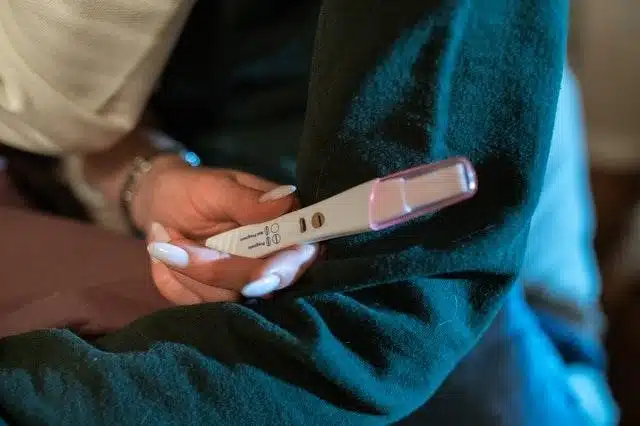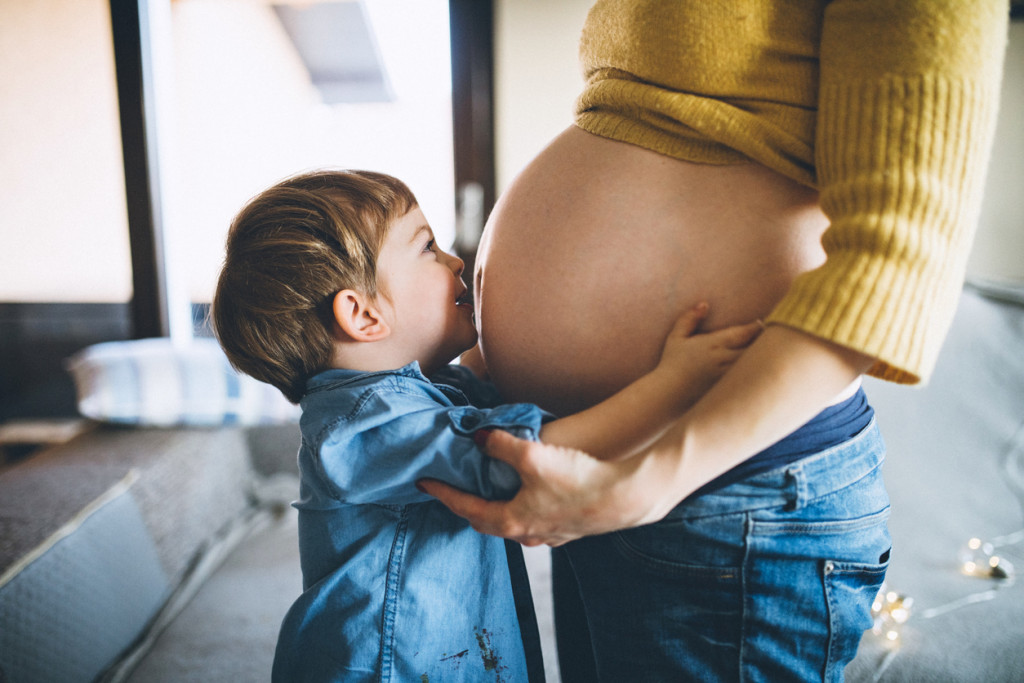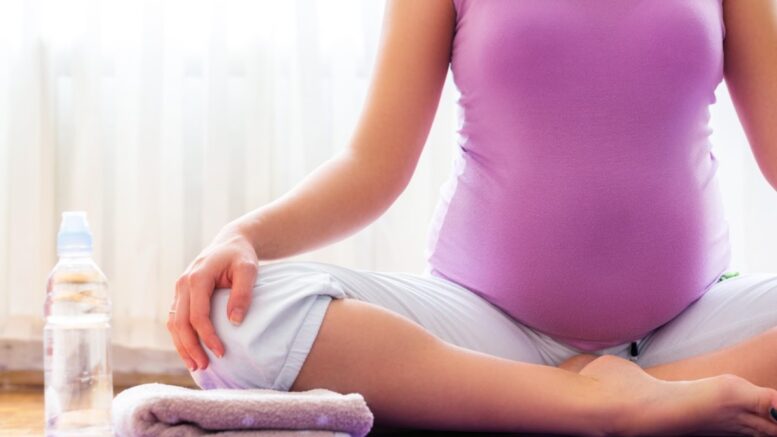One of the most exciting, happiest, and challenging aspects of womanhood is pregnancy, which is an exciting journey. Pregnancy has three stages and each trimester (every three months) corresponds to fetal and maternal physical changes. It’s crucial to be aware of these changes to know what to expect and do if problems arise.
In this article, you’ll learn the difference between each trimester of pregnancy to keep you guided accordingly for a healthy and happy pregnancy and delivery of your baby.
Expectations
In every stage of pregnancy, there are things a pregnant woman should anticipate. The first trimester starts with the first day of the last normal menstruation cycle, and conception (egg cell fertilization and implantation in the uterus to develop embryo) occurs in week two. This stage lasts from the first up to the 12th week of pregnancy.
The second trimester starts from week 13 up to week 27, which is the most comfortable pregnancy period when nausea and other pregnancy-related symptoms ease off. You’ll also feel baby movements for the first time.
Meanwhile, the third trimester lasts from week 28 until the baby’s delivery. During this time, you’ll have to see your obstetrician more frequently to prepare for delivery.
Here are the following expectations in each trimester of pregnancy:
- Pregnancy Signs and Symptoms: Because of hormonal changes, the first trimester is when you feel nauseous, especially when you smell certain foods and fragrances. This is usually when women perform a pregnancy test and look for obstetric consultation to confirm pregnancy.
- Learning Process: During the second trimester, first-time expecting mothers are advised to take advantage of pregnancy education classes on how to hold and swaddle a newborn baby safely. This is the best time to take the gender test to determine the gender and think of a beautiful name for your child.
- Labor and Delivery: The third trimester is the perfect time to anticipate labor and delivery. It’s when you apply the learning you’ve had during antenatal classes, including pelvic floor exercises and proper breathing.

Maternal Physiological Changes
Pregnant women need to know the different physiological changes in each trimester to prepare their bodies and minds for a happier and less stressful pregnancy. Both the expectant mother and the spouse or partner should work together to make pregnancy a meaningful experience for the baby’s successful delivery.
Take a look at the following physiological changes of the pregnant mother in each trimester of pregnancy:
- First Trimester: In the earliest stage of your pregnancy, your hormone levels after conception undergo drastic changes. The uterus thickens to support the growth of the placenta to nourish the fetus adequately. In the placenta, blood supply is boosted to carry nutrients and oxygen required by the developing fetus. Early pregnancy symptoms include morning sickness, headaches, fatigue, and constipation.
- Second Trimester: The abdomen becomes noticeable during the second trimester. The uterus rapidly grows in size, so this is when pregnant women start wearing maternity clothes.
- Third Trimester: The uterus is at its biggest size, and the baby frequently moves during this time. Attain healthy pregnancy by ensuring regular pre-natal checkups in all trimesters, most especially during the first trimester when the fetus starts developing the body’s vital organs and the last trimester.
Fetal Development in Each Trimester of Pregnancy
Knowing what the fetus undergoes inside your body is essential to ensure you’re doing the right thing for their health and safety.
- First Trimester: During the first trimester, the embryo develops. Your baby’s brain and spinal cord that make up the nervous system develop. Also, the heart and other vital organs begin to form, wherein the heart starts to beat. The eyes and ears also develop, and tiny buds appear for the arms.
- Second Trimester: Fetal development in the second trimester includes fetal movements. The fetus moves, kicks, and turns from side to side. During this time, the eyes are gradually moving to the face and the ears to the sides of the head. Also, the fetus can already hear your voice, the perfect time to sing your growing baby a song to instill maternal bonding.
- Third Trimester: Fetal development is at its peak and continues during the third trimester. The baby gains more weight, opens his eyes, and prepares for delivery. A full-term lasts between 37 and 42 weeks. About 98% of babies born at 30 weeks of gestation will likely survive.

Conclusion
Now you’ve learned the difference between each trimester of pregnancy, involving different maternal physiological changes and fetal development. The first trimester marks the start of maternal adjustment because of significant physiological changes. In the second trimester, the mother experiences less discomfort and can start learning and planning smooth delivery and how to take care of a newborn baby. The third trimester is a very exciting time because you’ll get to meet and hold your baby for the first time soon.
